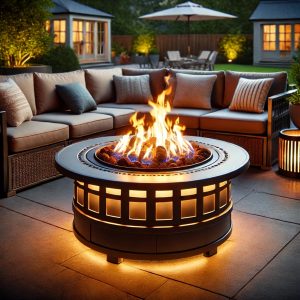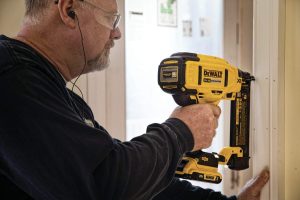Want an outdoor furniture set that’s easy to do, easy on the pocket, and beautiful? Here’s one idea that checks off all three criteria :)
Putting together a furniture set in your garden, patio or deck can seem like a big job and be costly. It can be difficult to come up with a good-looking setup, too, if you think you’re not artistic enough.
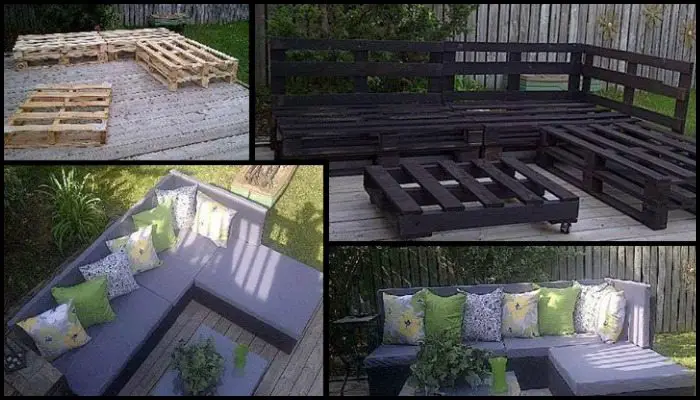
The solution to making this home improvement project easier is to work with pallets! They are easy to build with, inexpensive yet an effective alternative for making outdoor furniture.
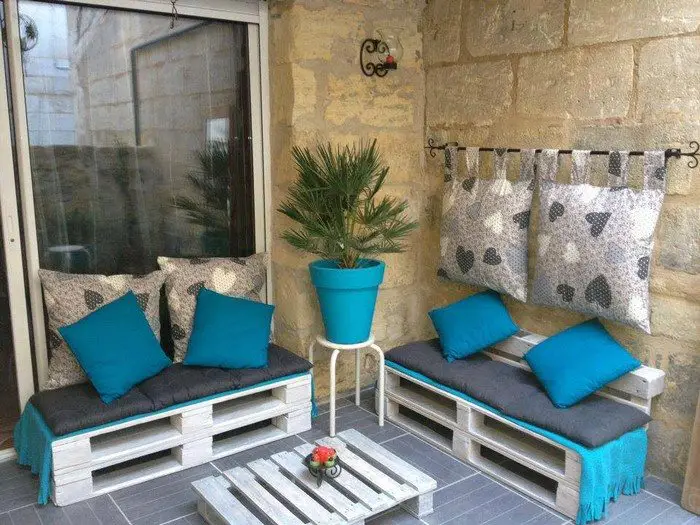
You don’t even have to worry much about designing because pallets already look good as they are when set up outdoors. You can add the simplest cushions and pillows and it will still look great in your outdoor area.

Need some inspiration? Have a look at our album of creative pallet furniture below. And check out the great tutorial from Sassy Sparrow!
Here are some of the things you might need when building a furniture set with pallets…
Materials:
- Pallets
- Wheel Casters
- Paint
- Outdoor Urethane
- Deck Screws
- Seat Cushions
- Throw Pillows
Tools:
- Pallet Breaker
- Cordless Drill
- Jigsaw
- Nail Gun
- Paintbrush
Click on any image to start the lightbox display. Use your Esc key to close the lightbox.
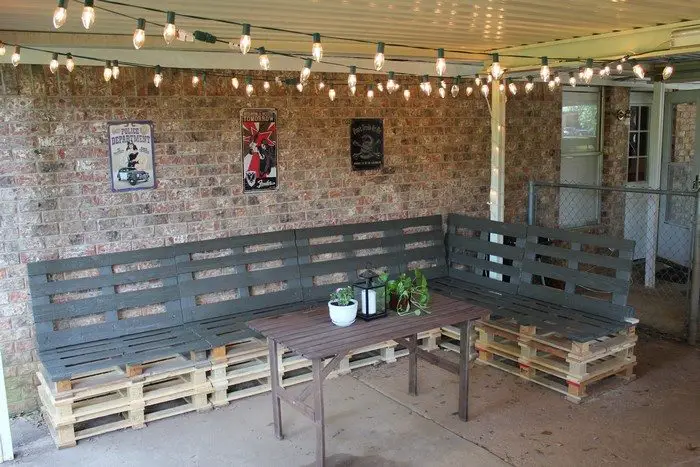
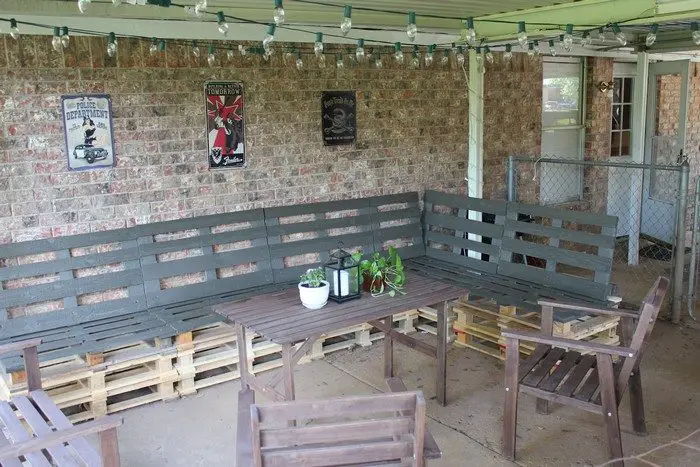
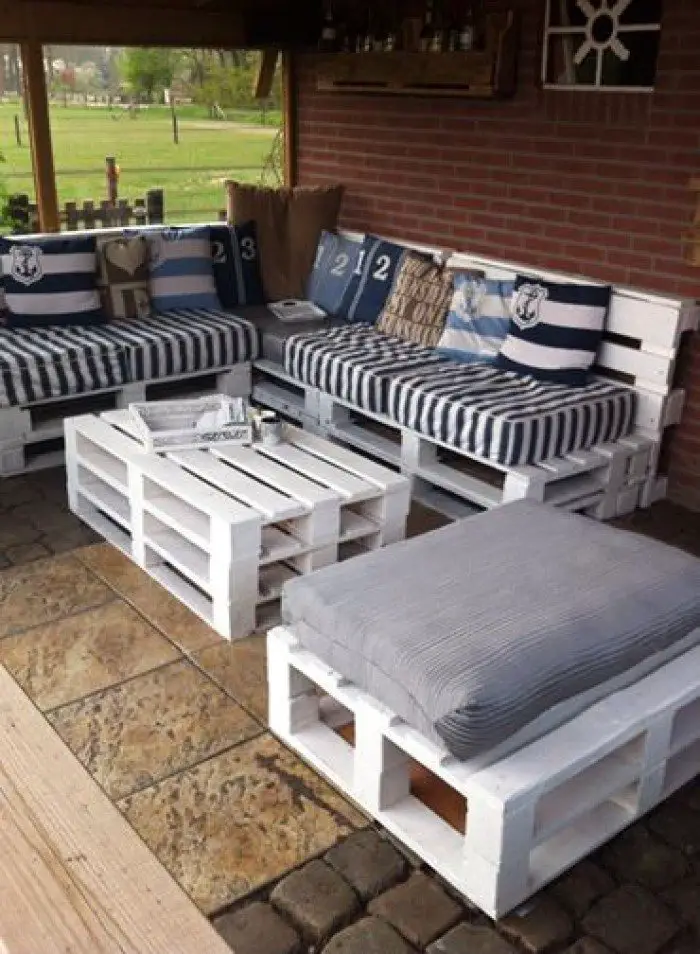
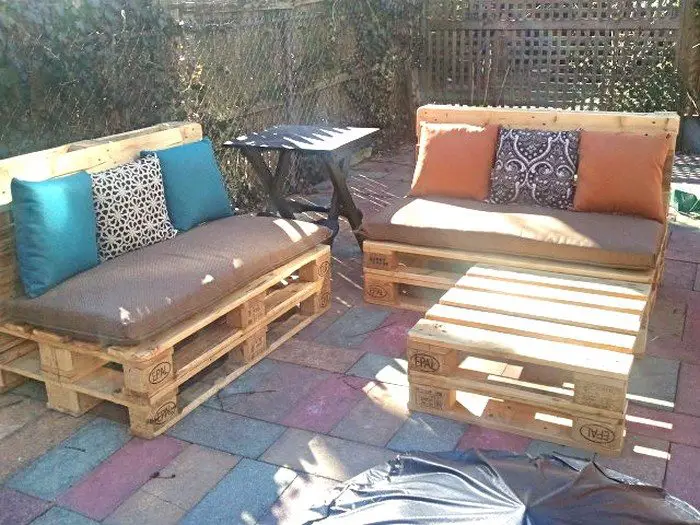
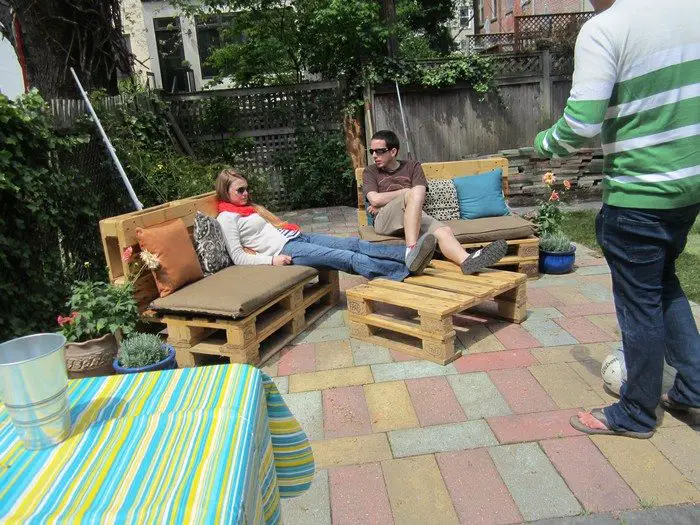
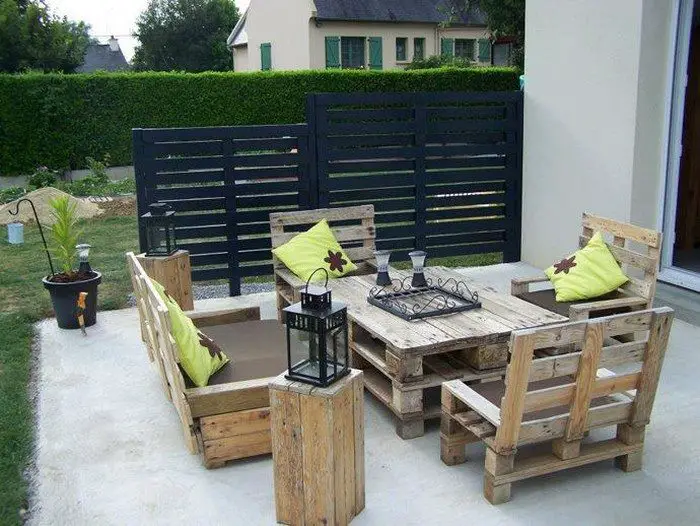

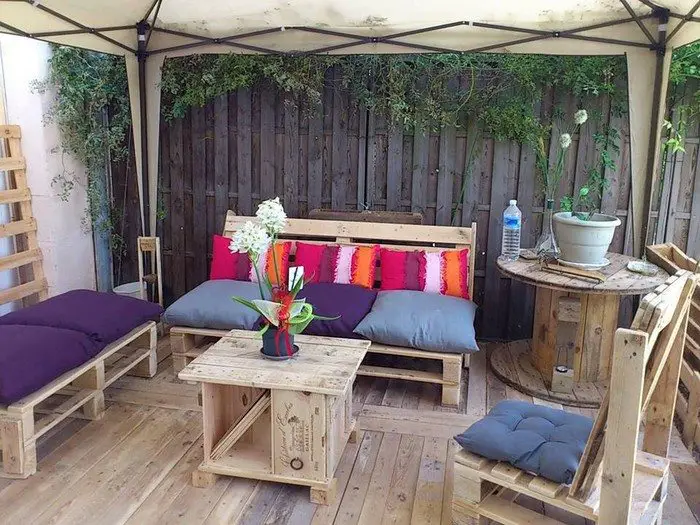
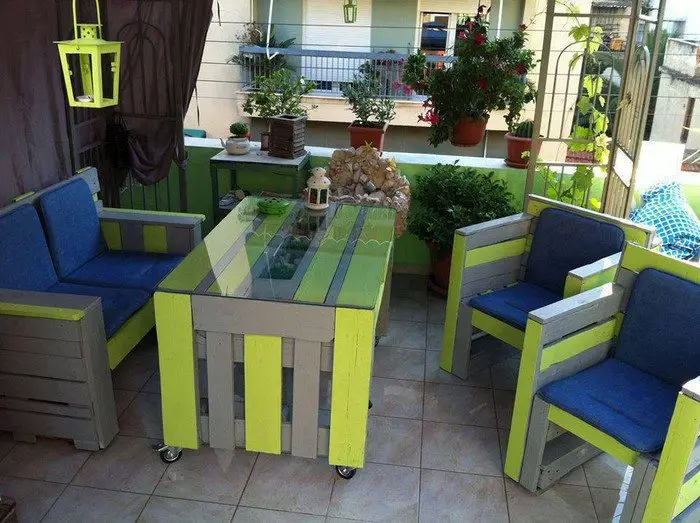
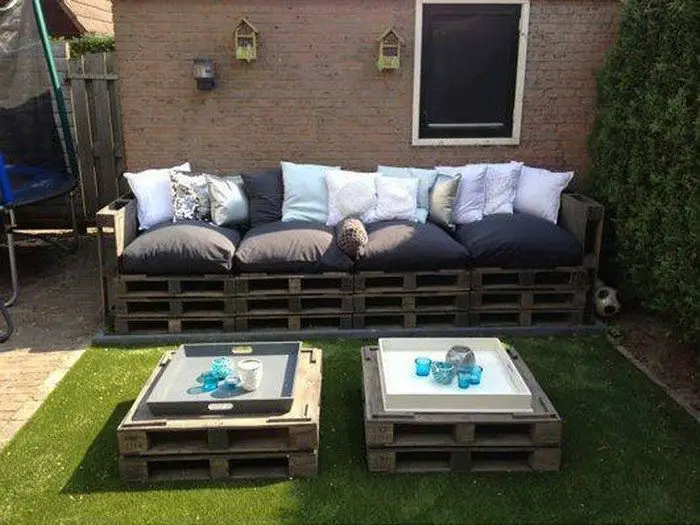
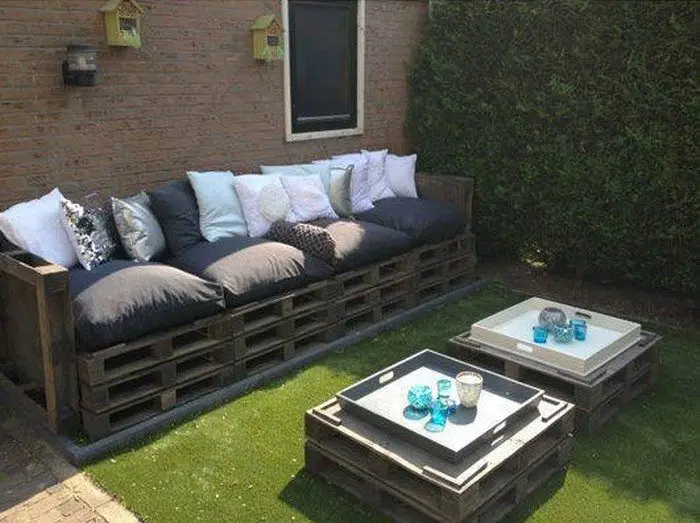
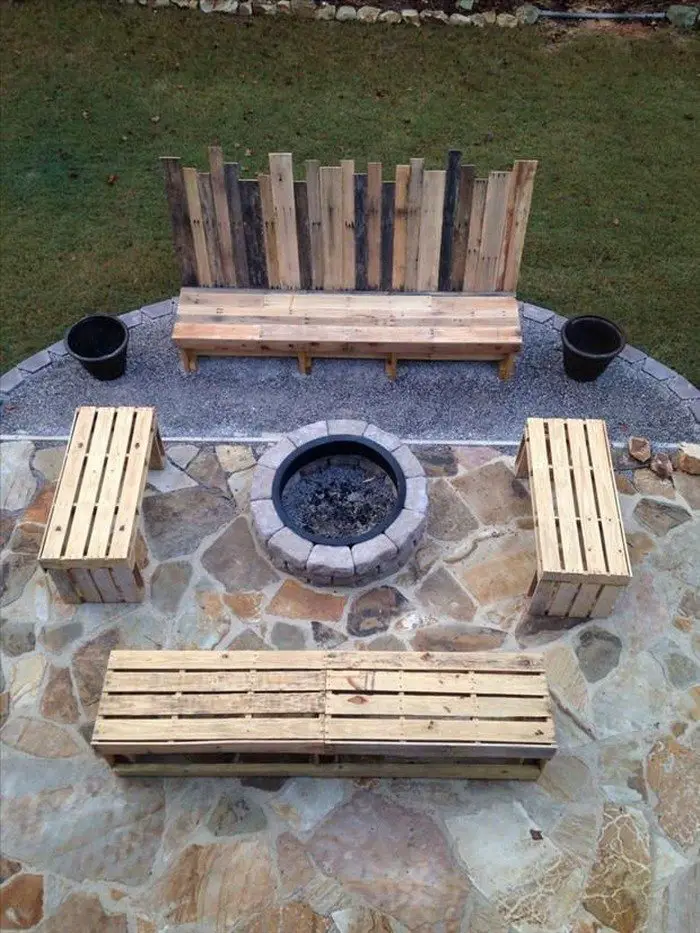
Thanks to Sassy Sparrow for this great idea. You can get step-by-step instructions here…

